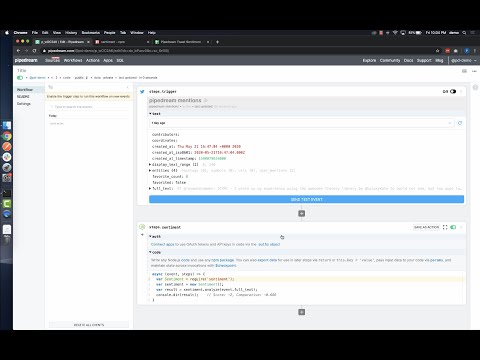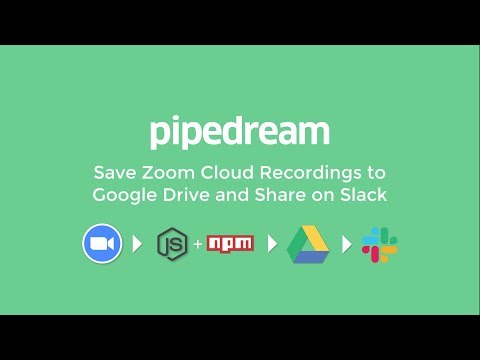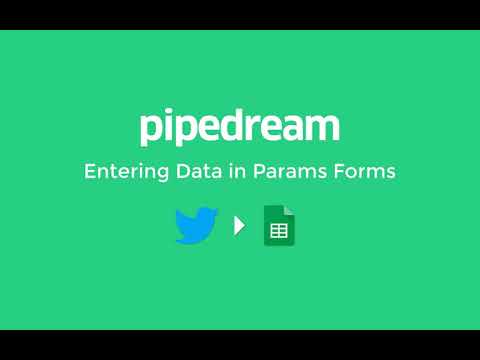What do you want to automate
with Pushcut and Google Sheets?
Prompt, edit and deploy AI agents that connect to Pushcut, Google Sheets and 3,000+ other apps in seconds.
Trusted by 1,000,000+ developers from startups to Fortune 500 companies
Popular Ways to Connect Pushcut with Google Sheets#
Popular Pushcut and Google Sheets Triggers#
Emit new event each time a comment is added to a spreadsheet.
Emit new event each time a row or rows are added to the bottom of a spreadsheet.
Emit new event each time a row or rows are added to the bottom of a spreadsheet.
Popular Pushcut and Google Sheets Actions#
Schedules an Automation Server action request for a homekit scene. See the documentation
Add a single row of data to Google Sheets. Optionally insert the row at a specific index (e.g., row 2 to insert after headers, shifting existing data down). See the documentation
Schedules an Automation Server action request for a shortcut. See the documentation
Add multiple rows of data to a Google Sheet. See the documentation
Get all values or values from a range of cells using A1 notation. See the documentation
Overview of Pushcut#
The Pushcut API enables the automation of iOS notifications with custom actions, triggering events based on various conditions. On Pipedream, you can harness this functionality to create intricate workflows, combining Pushcut notifications with a multitude of services to act based on data from APIs, schedules, or other apps. Think of Pushcut as a bridge between the real world and your digital tasks, letting you know when to act and offering shortcuts to execute specific automations directly from your iOS devices.
Connect Pushcut#
import { axios } from "@pipedream/platform"
export default defineComponent({
props: {
pushcut: {
type: "app",
app: "pushcut",
}
},
async run({steps, $}) {
return await axios($, {
url: `https://api.pushcut.io/v1/devices`,
headers: {
"Accept": `application/json`,
"API-Key": `${this.pushcut.$auth.api_key}`,
},
})
},
})
Overview of Google Sheets#
The Google Sheets API allows for the creation, reading, updating, and deletion of data within Google Sheets, enabling a robust platform for spreadsheet management and data manipulation. Through Pipedream, you can craft serverless workflows that respond to various triggers, such as webhook events, emails, or scheduled times, to interact with Google Sheets. This synergy can automate reporting, synchronize data across applications, manage inventory, track leads in a CRM, or even conduct survey analysis by updating and retrieving sheet data on the fly.
Connect Google Sheets#
import { axios } from "@pipedream/platform"
export default defineComponent({
props: {
google_sheets: {
type: "app",
app: "google_sheets",
}
},
async run({steps, $}) {
return await axios($, {
url: `https://www.googleapis.com/oauth2/v1/userinfo`,
headers: {
Authorization: `Bearer ${this.google_sheets.$auth.oauth_access_token}`,
},
})
},
})
Related Videos#



Community Posts#


